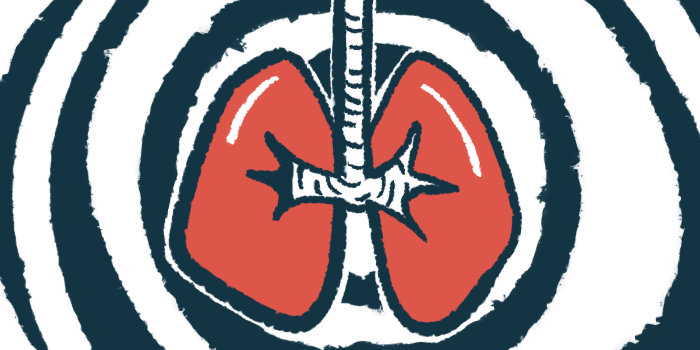Airways of CF Patients Show High Prevalence of Fungi: Study
Microbiota changes over time, is different in men and women, youth and adults

Most people with cystic fibrosis (CF) have fungi in their airways, but the fungi may come and go in waves of activity, a Spanish study suggests.
The study, “Fungal microbiota dynamics and its geographical, age and gender variability in patients with cystic fibrosis,” was published in Clinical Microbiology and Infection.
CF results in a thick and sticky mucus that builds up in certain organs of the body. When it builds up in the lungs, it can block the airways and make it hard to breathe. It also can trap germs and make infections more likely.
While it’s well known which bacteria can thrive and multiply in the airways of people of CF, less is known about fungi.
A team of researchers in Spain collected sputum samples from 45 patients (24 female, 21 male) at four different hospitals in the country. Sputum, or phlegm, is a thick type of mucus.
A total of 180 sputum samples were collected over a one-year period at intervals of three or six months from 25 adults and 20 children. None had a history of pneumonia caused by the fungus Pneumocystis jirovecii, which most commonly affects people with a weakened immune system, or any invasive fungal disease.
A sputum culture, which is a test to see what germs may be growing in the sputum, revealed the presence of fungi in 44 of the 45 patients and in 119 sputum samples.
Of the 45 patients, 19 (42.2%) always tested positive at each of the sampling moments and one (2.2%) remained negative over the full follow-up period. The remaining 25 (55.6%) tested either positive or negative depending on the time of sampling, indicating that fungi may go through “multiple cycles of clearance and colonization,” the researchers wrote.
A total of 16 different groups (genera) of fungi were identified. The most common genera were Candida spp. (27.8%) and Pneumocystis spp. (24.4%), but other genera varied in proportion depending on the hospital where the samples were collected.
Aspergillus spp., which can cause an allergic reaction and worsen lung function in people with CF, was seen in few sputum samples, a finding the researchers called “striking.”
How common certain fungi were also varied by age. For example, Exophiala spp. was only found in adults, whereas Saccharomyces spp. was found in children and adolescents, but not in adults.
“What is observed for the bacterial microbiota is also true for the distribution of fungi: the fungal microbiota changes significantly with age in patients with CF,” the researchers wrote. The microbiota refers to the collection of all germs living in a certain environment.
Some fungi were more common in females. For example, Aspergillus spp. and Exophiala spp. were only found in a small number of female patients, whereas Candida spp. was more common in males.
“Further larger prospective studies are required to confirm these findings and define their clinical relevance,” the researchers concluded.








